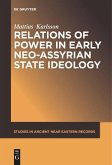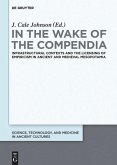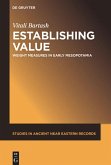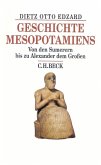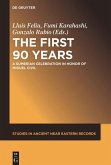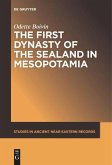This volume examines the state ideology of Assyria in the Early Neo-Assyrian period (934-745 BCE) focusing on how power relations between the Mesopotamian deities, the Assyrian king, and foreign lands are described and depicted. It undertakes a close reading of delimited royal inscriptions and iconography making use of postcolonial and gender theory, and addresses such topics as royal deification, "religious imperialism", ethnicity and empire, and gendered imagery. The important contribution of this study lies especially in its identification of patterns of ideological continuity and variation within the reigns of individual rulers, between various localities, and between the different rulers of this period, and in its discussion of the place of Early Neo-Assyrian state ideology in the overall development of Assyrian propaganda. It includes several indexed appendices, which list all primary sources, present all divine and royal epithets, and provide all of the "royal visual representations," and incorporates numerous illustrations, such as maps, plans, and royal iconography.


